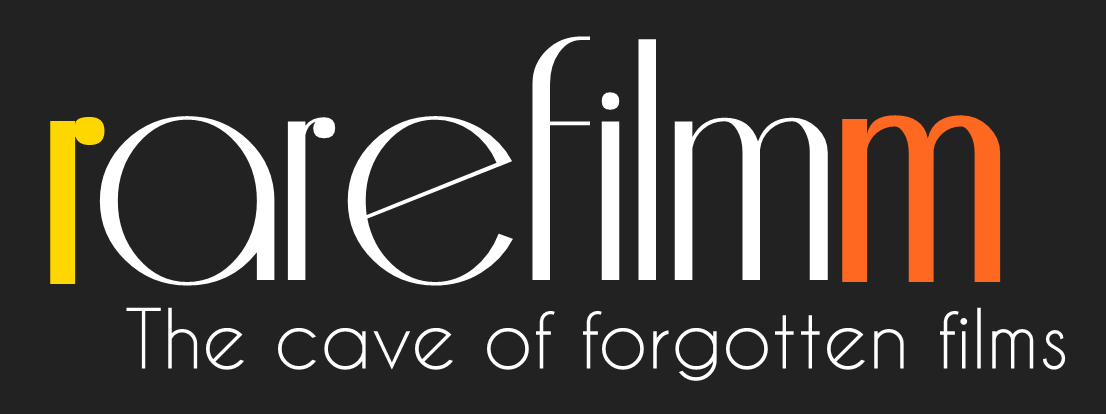This surreal, allegorical short film by Agustí Villaronga follows a young woman by the sea who encounters a mysterious red creature that reveals hidden secrets of the ocean. The encounter transforms her, granting uncanny, almost sorcerous powers. Drawing on Christian symbolism and pagan ritual, the film unfolds as a dreamlike meditation on feminine transformation and elemental forces, heightened by Carl Orff’s music.
Tag: 1970s
In 19th-century Vienna, composer Franz Schubert struggles with poverty and unfulfilled ambitions while finding solace in music and friendship. His bond with a devoted pupil brings warmth and inspiration, though his personal life remains marked by sacrifice and melancholy. The film blends melodrama with musical interludes, offering a romanticized portrait of Schubert’s final years.
A film about the radical attack surrealism and Dada wrought on the familiar and traditional art values of the past. Through the perceptive choice of paintings and sculptures from the work of de Chirico, Duchamp, Man Ray, Ernst, Miro, Magritte, Dali, Klee and others, we become exposed to the philosophy, poetry and politics of these fascinating art movements.
A portrait of Arthur “Peg Leg Sam” Jackson –black harmonica player, singer, and comedian who made his living “busking” on the street and performing in patent-medicine shows touring southern towns. Footage includes excerpts from one of his last medicine shows, videotaped at a county fair in 1972, and material filmed near his home in South Carolina in 1975.
Evoking mixed marriages and their difficulties, the author depicts the journey of a young black husband, an elegant dandy, who has come to Paris to find his young white wife and their little daughter. This social satire is the feature-length directorial debut of Désiré Ecaré, originally from Côte d’Ivoire.
A quality war film does not necessarily need spectacular aerial dogfights and bombed cityscapes. Only those movies have truly something to say that go beyond the crack of rifle fire to present personal dramas as well. Ferenc Kósa’s unusual, pacifist war film depicts the hell of carnage in all its senselessness. Characters of this gaunt, tight-lipped story wander through a beautiful landscape seeking their own truth or just the possibility of survival. The film is all the more memorable for the cinematography of Sándor Sára, the powerful screenplay and the acting of, for instance, Péter Haumann.
In an open field, a butterfly flies from flower to flower. The charming image is interrupted by cut-out photos of apartment blocks and flats that jump into view to the rhythm of a pile driver. The butterfly is increasingly hemmed in by the buildings, until there’s no more space left, and it is finally mounted and framed on a wall. The last of its kind died in 1975.
One of the most sublime color films ever made, Ballad of Orin follows the hardscrabble life of a wandering outcast goze (blind female musician) in early 20th-century Japan. Cinematographer Kazuo Miyagawa and director Masahiro Shinoda interviewed surviving goza of the time to capture “a sense of the ideal beauty that these blind women had inwardly visualized.
